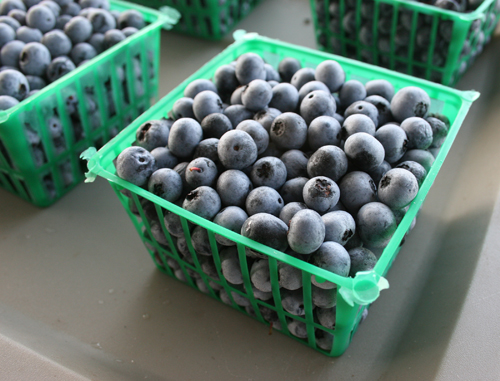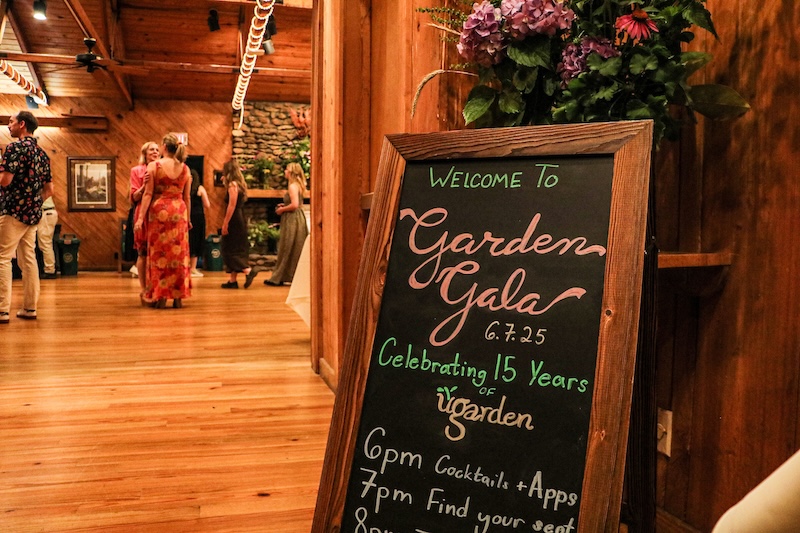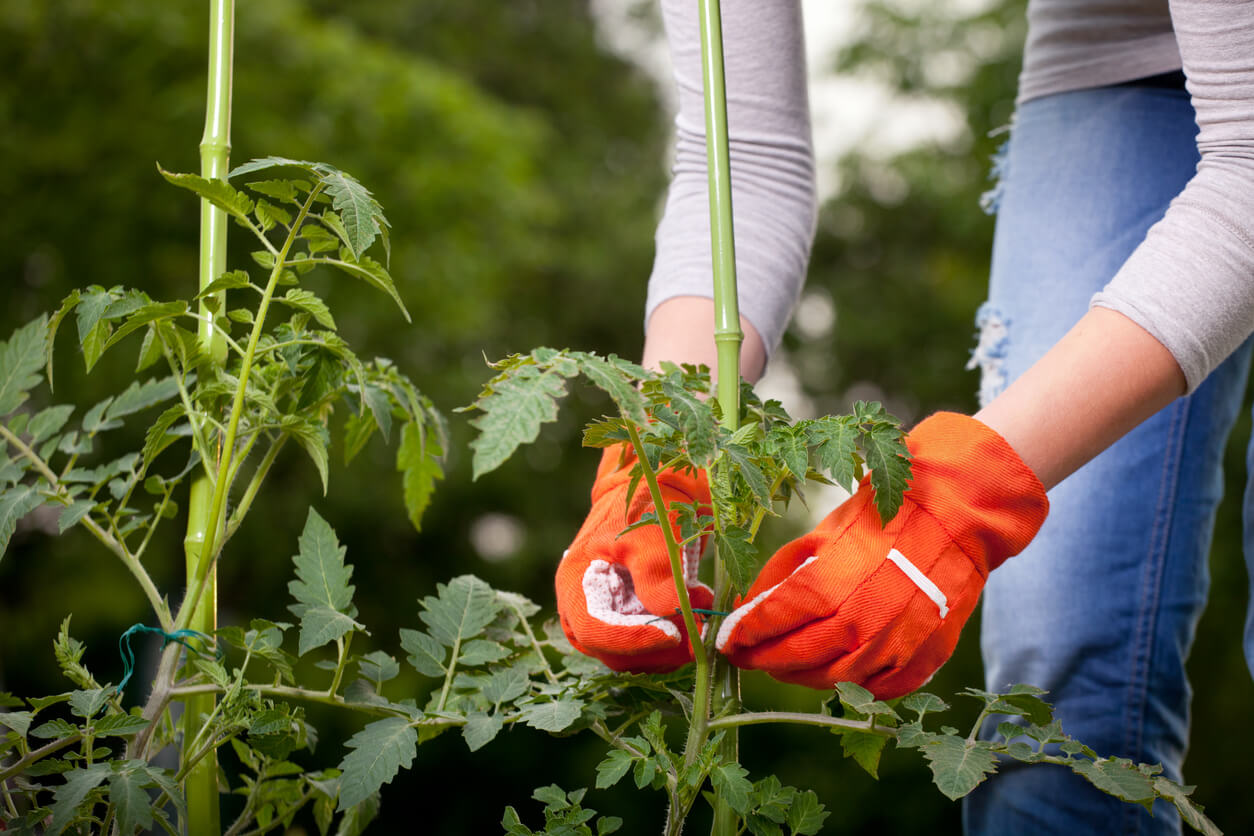With the recent warm winter weather, one of Georgia’s favorite crops, blueberries, could be at risk to freeze damage if a cold snap returns.
Universities of Georgia Cooperative Extension offices have received numerous calls from home gardeners whom have observed their blueberry bushes blooming in early February.
The La Niña effect is predicted to continue into the spring according to the Southeast Climate Consortium and Georgia’s state climatologist. La Niña conditions usually bring a warmer and drier winter season (October through March) to most of Georgia. This means we are very likely to see a continuation of this mild winter weather.
Just one cold night
However, once blueberries begin to bloom, it only takes one cold night where temperatures dip a few degrees below freezing to kill tender flowers. If buds remain fully dormant, they should not have any damage. In many cases, however, the plant will have flower buds in various stages of bloom. Therefore, some buds are likely to be damaged more than others, but usually the entire crop will not be lost.
Unfortunately, there isn’t a lot that home gardeners and small-scale producers can do to protect blueberries from freeze damage. Covering large blueberry plants generally is not very practical, especially if you have several plants. Covering plants only helps if you can trap some of the natural heat that radiates out from the soil.
A frame constructed of PVC or similar material can keep the covering from breaking plant stems and buds, but the cover must be anchored securely to the ground in order to trap in heat like a greenhouse. This may only retain enough heat to raise the temperature a few degrees and may not be enough to save the flowers from freeze damage. If a hard freeze is predicted, it may be better to accept the fact that you are fighting a losing battle.
Water isn't just for summer
It is also important to consider that blueberry plants continue to have water requirements during the winter months. Check the water needs of plants prior to a predicted cold snap and water if necessary. Moist soil absorbs more heat, helping to maintain an elevated temperature around the plants. Mulching the base of plants also helps to retain soil moisture.
The location of blueberry plants can also make a difference. Tree canopies help reduce heat loss from plants and soil. Plants that are grown in partially shaded areas are also less susceptible to winter desiccation, or drying out, than those grown in full sun. Full sun is preferred for maximum blueberry production as yields are reduced as shade increases, but the plants can tolerate up to 50 percent shade.
Plant late-flowering cultivars
The freeze risk to a blueberry crop can be reduced greatly by planting cultivars that flower later. For example, late-flowering rabbiteye cultivars, like Powderblue, Brightwell, Centurian and Tifblue, seldom suffer significant crop damage from freezing temperatures. Late-flowering cultivars, however, tend to ripen later than those that flower early. Unless you are trying to get a crop to market early, you might be better off selecting a late bloomer.
Selecting recommended varieties of blueberries and other fruit trees for North Georgia is the single most important thing that home gardeners can do to avoid future problems with freeze damage. Do your homework before buying plants on impulse.
The best resources for determining which varieties are best adapted to your area are factsheets available from your local UGA Extension office. The variety recommendations are based on trials at UGA research stations in Georgia. These factsheets are also available for free online at www.extension.uga.edu.








